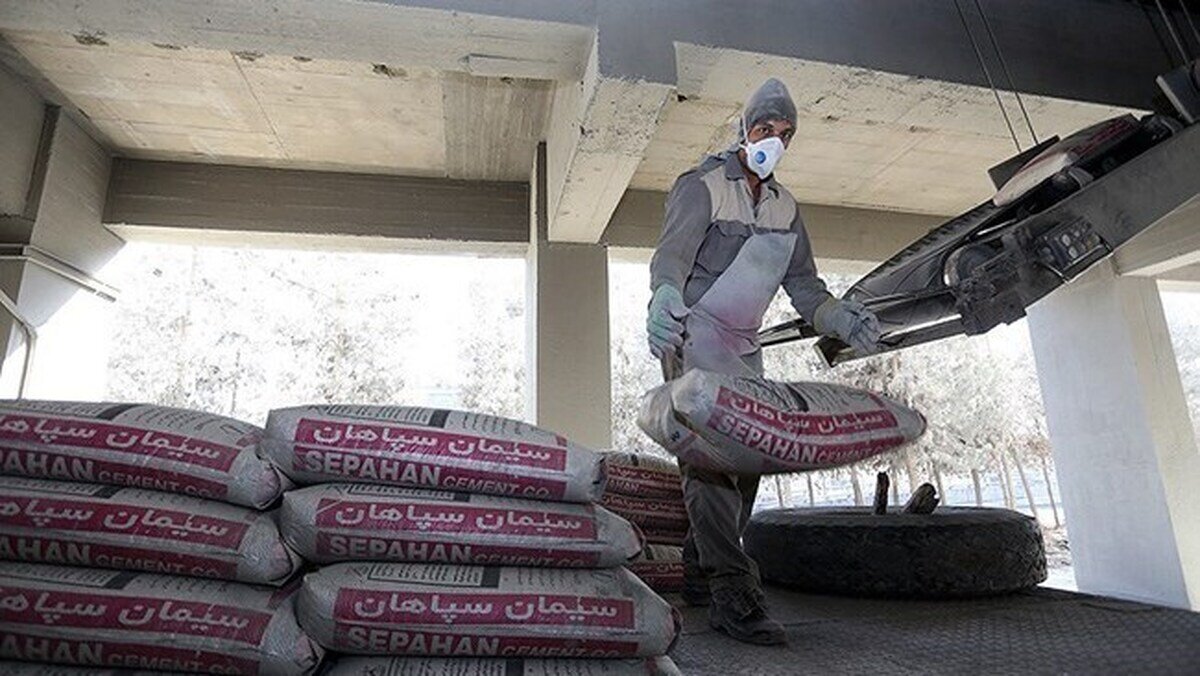Irans cement industry achieves 90 millionton capacity
Iran's cement industry achieves 90 million-ton capacity
TEHRAN – Iran's cement production capacity has reached 90 million tons annually, with 85 percent of the required machinery and parts manufactured domestically, according to Majid Vafapour, head of the Cement Industry Employers Association.

Speaking to IRIB, Vafapour described cement as a cornerstone of Iran's construction and infrastructure sectors. He noted that Iran ranks eighth globally in cement production, although its position has fluctuated between sixth and seventh in previous years.
“We are fully self-sufficient in meeting domestic demand for cement and export the surplus,” Vafapour said. However, he pointed out that reduced activity in national infrastructure projects due to funding constraints has led to higher exports.
“If international challenges are resolved and domestic projects regain momentum, the current 90-million-ton capacity could be fully utilized for domestic consumption,” he added.
Vafapour highlighted ongoing initiatives to improve efficiency in the cement industry, such as using additives to enhance productivity and reduce energy consumption. These measures, he stated, could increase output by at least 20 percent without the need for new facilities, aligning with environmental goals and energy conservation efforts.
Despite its achievements, the cement sector faces significant challenges, including energy supply disruptions. “Over 30 cement kilns across the country are currently idle,” Vafapour said, emphasizing the need for immediate government intervention to address energy imbalances.
He also warned of declining clinker reserves, which have fallen below strategic levels. “Cement is a time-sensitive commodity; it cannot be stockpiled. Production must align with consumption,” he said.
The industry has also been hit by financial strain, as operational costs remain steady despite production slowdowns. Vafapour called on authorities to prioritize energy allocation to safeguard the sector, which he described as vital to other industries, including construction and transportation.
Despite current challenges, Vafapour expressed optimism about regaining Iran’s previous global ranking of sixth in cement production, with the potential to rise to fifth place. Achieving this, he said, depends on revitalizing construction projects and resolving international trade barriers.
EF/MA
source: tehrantimes.com